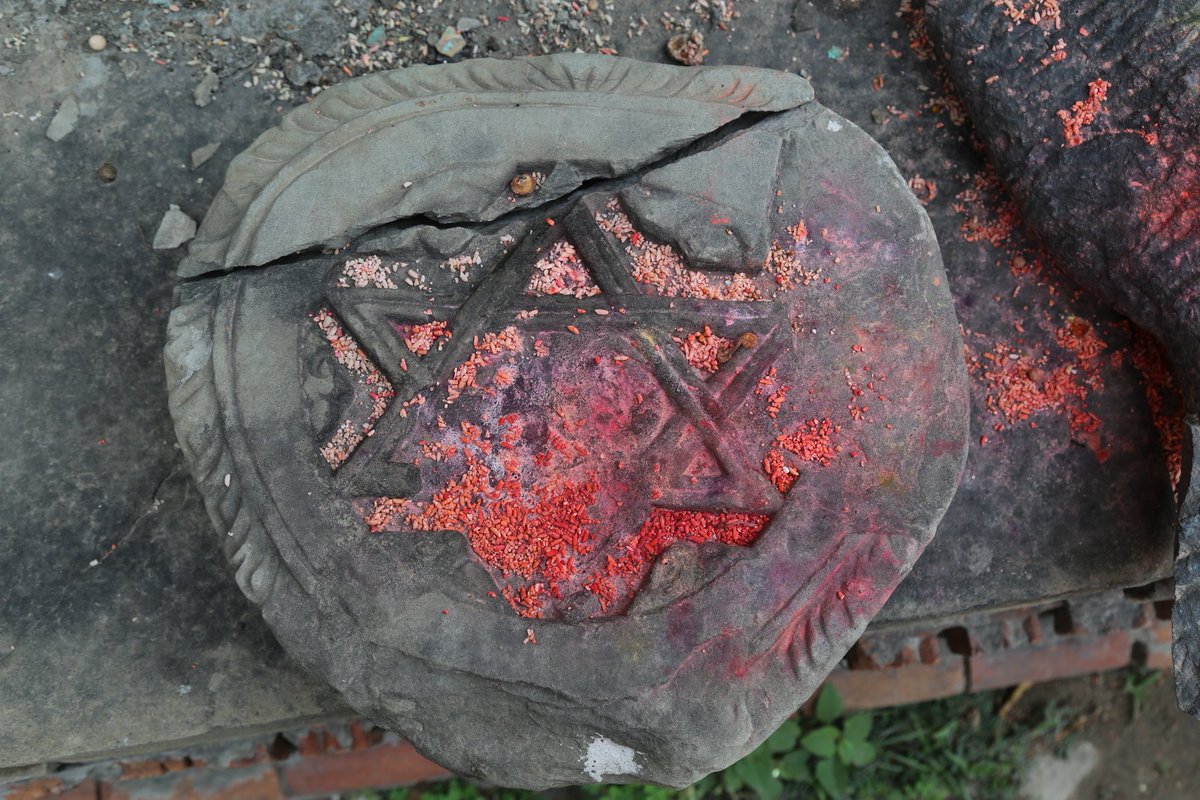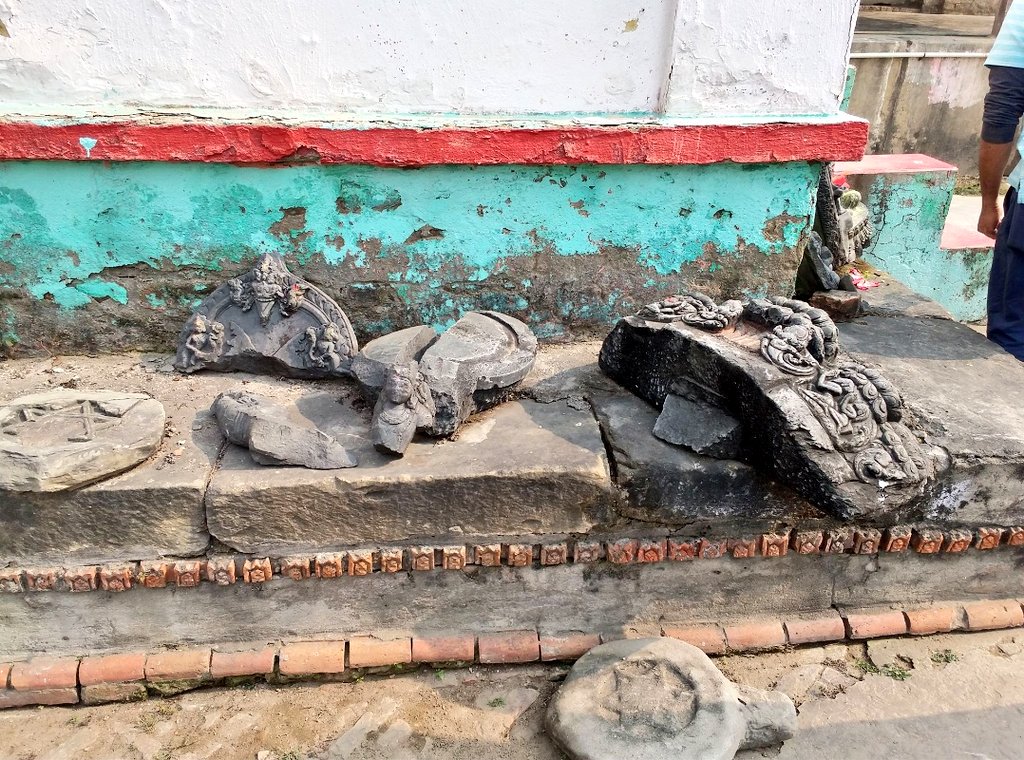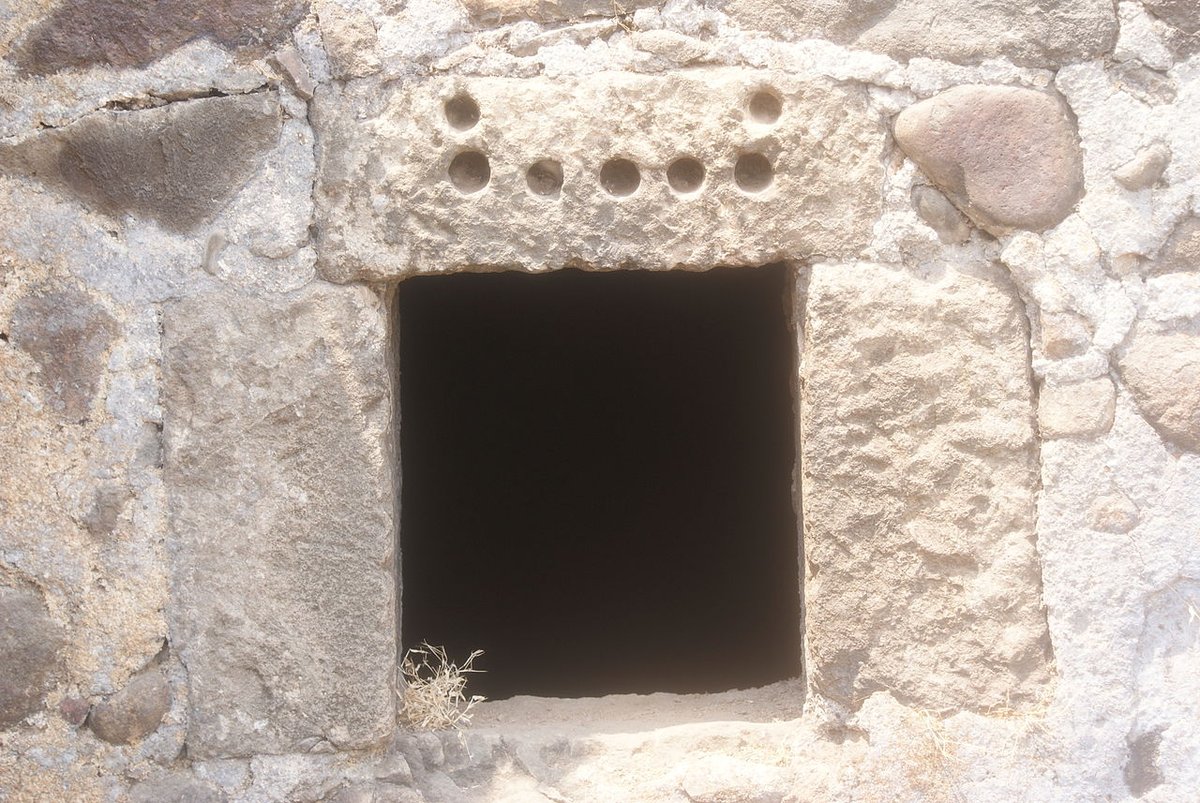A brief thread on the ancient history of Simraungarh and Mithila
1)Simraungarh is one of the most important archeological site, erstwhile capital of Karnata Dynasty between ~11-14th century CE. It is located on the border of Nepal and NE Bihar state.



1)Simraungarh is one of the most important archeological site, erstwhile capital of Karnata Dynasty between ~11-14th century CE. It is located on the border of Nepal and NE Bihar state.




2) The region was also known as Videha, Mithila, Tirabhukti or Tirhuta.
YajnaValkya, one of the Vedic Maharshi(s) belonged to this region.
Later Mithila region was ruled by Maurya(s), Gupta(s), Harsha, Pala(s). In 1097CE, the region passed on to the hands of Karnata Dynasty.



YajnaValkya, one of the Vedic Maharshi(s) belonged to this region.
Later Mithila region was ruled by Maurya(s), Gupta(s), Harsha, Pala(s). In 1097CE, the region passed on to the hands of Karnata Dynasty.




3) Karnata Dynasty ruled the region for nearly ~225 years until uprooted by Islamic invasion in mid 14th century CE. Simraungarh was their seat of power and even today we can see vast archeological remains.
👉Part of ruined temple, crowned miniature shrines



👉Part of ruined temple, crowned miniature shrines




4)All of the photos sent by Bharat Shah.
Shiva holding Damaru and Trishula. Note Mudra. It is carved in a trefoil arched niche resting on tapering columns, a feature of Gandharan region too.
Skanda, Ganesha and Shatkona:It adorned the spandrel of Torana in palaces of Delhi/Agra.



Shiva holding Damaru and Trishula. Note Mudra. It is carved in a trefoil arched niche resting on tapering columns, a feature of Gandharan region too.
Skanda, Ganesha and Shatkona:It adorned the spandrel of Torana in palaces of Delhi/Agra.




5) Exquisite Vigraha of Brahma flanked by Saraswati and Savitri, Simraungarh(Nepal)
Note Tilak carved in relief, a feature of contemporary sculptures of Bengal, Bihara region. Note JataMukuta.
Simraungarh suffered heavy damage during the raids of Tughlaqs.

Note Tilak carved in relief, a feature of contemporary sculptures of Bengal, Bihara region. Note JataMukuta.
Simraungarh suffered heavy damage during the raids of Tughlaqs.


6) This temple was built in 20th century CE by Rana(s) of Kathmandu.
The original one destroyed by barbarian Tughlaqs in 1326CE. Decline in art is apparent.
This fragment of inscription in Tirhoot script was found in an excavation carried out on May 18,2018.
PC: Bharat Shah



The original one destroyed by barbarian Tughlaqs in 1326CE. Decline in art is apparent.
This fragment of inscription in Tirhoot script was found in an excavation carried out on May 18,2018.
PC: Bharat Shah




7)This majestic Vigraha of Vishnu once adorned some equally magnificent temples in Simraungarh.
Sculptural style is typical to Bengal-Bihara region of Pala-Sena period.
It was dug from a tank and broke into two during the process. Today it lies in some school compound.
Pathetic!
Sculptural style is typical to Bengal-Bihara region of Pala-Sena period.
It was dug from a tank and broke into two during the process. Today it lies in some school compound.
Pathetic!

• • •
Missing some Tweet in this thread? You can try to
force a refresh












































